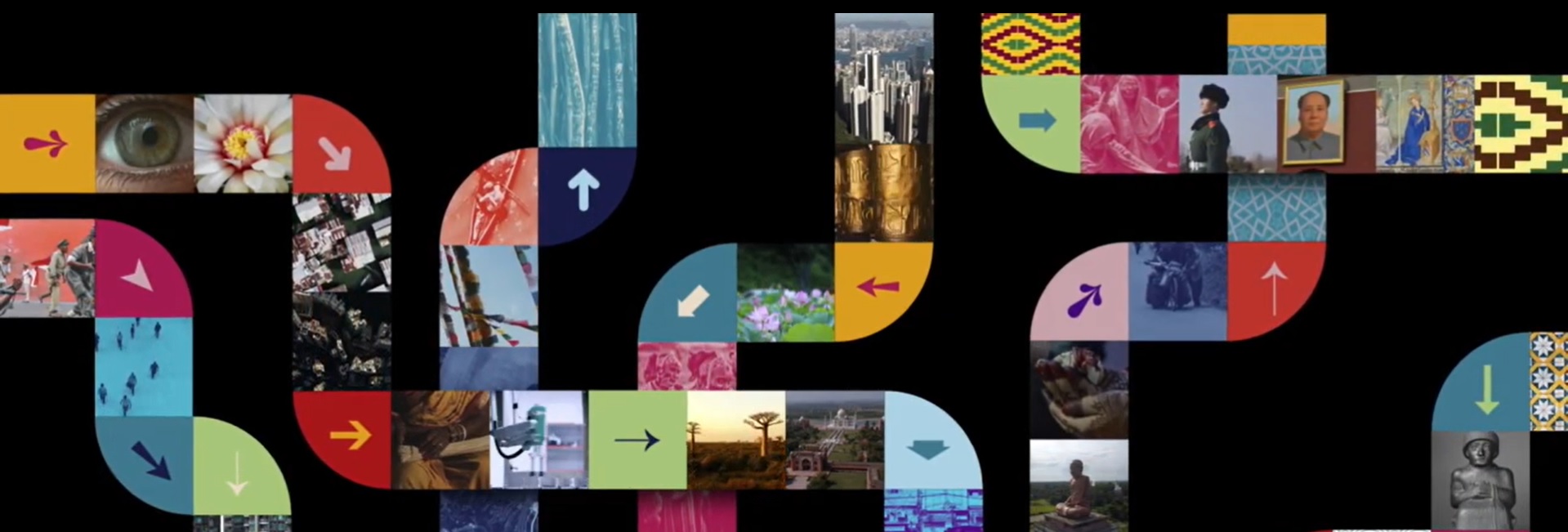SOAS University of London
SOAS, or the School of Oriental and African Studies, was founded by the British state as an instrument to strengthen Britain's political, commercial, and military presence in Asia and Africa.
Over one hundred years later, SOAS has become one of the world's leading institutions for the study of Asia, Africa, and the Middle East.
SOAS is divided into three faculties: Faculty of Arts and Humanities, Faculty of Languages and Cultures, and Faculty of Law and Social Sciences which includes the SOAS School of Law. The university offers around 350 bachelor's degree combinations, more than 100 one-year master's degrees, and PhD programmes in nearly every department. The university has produced several heads of states, government ministers, diplomats, central bankers, Supreme Court judges, a Nobel Peace Prize Laureate, and many other notable leaders around the world.

Distance Learning
SOAS online and distance learning endeavors to offer courses to students worldwide, catering to the diverse needs of learners. Their courses are designed with a flexible timetable, allowing individuals from various backgrounds to pursue a degree-level education while accommodating the schedules of full-time workers.
Within the realm of distance learning, there exist three departments offering a total of 17 postgraduate-level study programs. The student base spans across the globe, surpassing 10,000 individuals, with 70% of them originating from countries outside of the UK.
Refresh Programme
SOAS acquired new distance learning departments from the University of London as part of restructuring and experienced rapid growth in both programme offerings and students. This expansion triggered the need for a programme of system enhancements.
I was involved in the initial two phases of the project, which entailed transitioning from outdated systems and establishing a new infrastructure to enhance the expanding online presence of distance learning. This involved discarding obsolete systems and implementing modernized solutions to ensure optimal support for the evolving needs of online education.
The initial projects encompassed comprehensive data migration tasks, including the transfer of curriculum data for more than 100 modules and 17 programmes. Additionally, we successfully migrated data for over 10,000 students, encompassing their registration details, financial records, and academic accomplishments. All of this had to be mapped onto a data schema supporting our central student systems UNITe.
Moodle was chosen as our online learning platform. This would need to be integrated into our central systems and modified for our specific student needs. Teaching staff required enhanced chat functionality and integration with UNITe to communicate curriculum data and grades. I worked with a specialist to complete this task, learning from him about Moodle while enhancing systems integration from my own knowledge of UNITe.
A substantial portion of this programme focused on developing an online registration and enrolment hub, which played a pivotal role in facilitating student registration and enrolment processes. This hub not only communicated seamlessly with UNITe, our central student system, but also adhered to the compliance requirements of HESA and HEFCE reporting. HESA serves as the primary authority responsible for collecting and disseminating statistics related to publicly funded higher education in the UK. The Higher Education Funding Council for England (HEFCE) distributes public money for teaching and research to universities and colleges. Ensuring accurate and timely reporting not only ensures regulatory compliance but also carries significant financial implications for the school.
My responsibilities also included generating reports for Distance Learning staff members using the UNITe RDBMS (Relational Database Management System) and a small data warehouse. These reports encompassed vital information such as student academic performance, enrolment figures, and registration statistics. Initially, the reporting suite consisted of over 50 reports, but through careful analysis, we were able to streamline and consolidate them into around 20 key reports. This not only improved accuracy but also enhanced the reporting experience by incorporating graphical breakdowns using Microsoft reporting tools
This particular role was one of my favorites. It granted me substantial autonomy to tackle challenges and encouraged close collaboration with both staff and students to fine-tune solutions. Leveraging the resources provided by SOAS, I had the opportunity to organize group UI testing sessions, where we could validate concepts by observing a cohort of staff and students engaging with the system we designed. This exercise proved to be immensely enlightening, guiding us in making crucial decisions and refining our designs.
The end product was successful and integrated distance learning into the SOAS ecosystem. Feedback was very positive, particularly with senior members of staff and academics.
